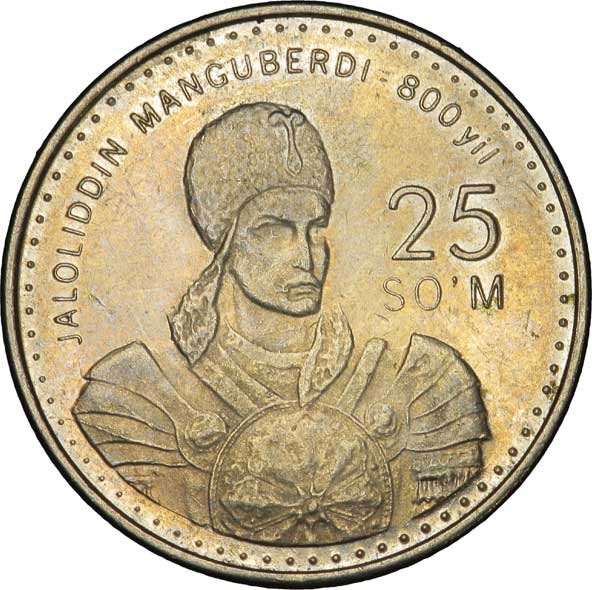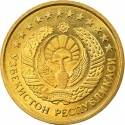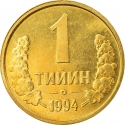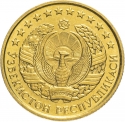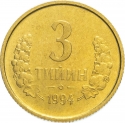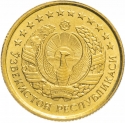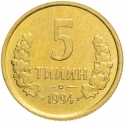You are about to finish your registration. Please check your mailbox (including spam folder). There should be a letter with a confirmation link. Check setting to make sure that your e-mail address is correct.
Send letter againDescription
Jalal al-Din Mangburni, also known as Jalal al-Din Khwarazmshah, Minkubirni or Mengu-Berdi (c.1199 – August 1231), was the last Khwarazmshah of the Anushteginid dynasty. The eldest son and successor of Ala ad-Din Muhammad II of the Khwarazmian Empire, Jalal al-Din was brought up at Gurganj, the wealthy capital of the Khwarazmid homeland. An able general, he served as second-in-command to his father in at least one battle; however, since he was the son of a concubine, he was challenged as successor by a younger brother, whose cause was supported by the powerful Queen Mother, Terken Khatun. Nevertheless, after the Mongol conquest of the Khwarazmian Empire led to his father's flight and death on an island in the Caspian Sea, Jalal-al Din gained the loyalty of the majority of Khwarazmian loyalists.
The new Shah moved to Gurganj, but departed eastwards after Terken Khatun moved against him; evading Mongol patrols, he gathered a substantial army at Ghazni. He managed to inflict an excellent defeat on Shigi Qutuqu at the Battle of Parwan, but soon lost a good portion of his army in a dispute over spoils. He was defeated by a vengeful Genghis Khan at the Battle of the Indus and fled across the river. Now essentially a warlord, Jalal al-Din managed to establish a succession of short-lived states: first in Punjab, from 1222–24, and then in northwest Iran and Georgia, after 1225. In politics, Jalal al-Din did not have the ability which underpinned his martial exploits, and he was forced to combat several large revolts and increasing pressure from Mongol forces. Eventually, he was killed by a Kurd in August 1231. The army he had gathered would continue to terrorize the Levant as the mercenary Khwarazmiyya until its final defeat in 1246.
Obverse

|
Depicts the state emblem of Uzbekistan, surrounded by the central bank name and date below. OʻZBEKISTON RESPUBLIKASI |
|---|---|
Reverse

|
Depicts a bust of Jalal ad-Din Mingburnu in battle garb surrounded by the inscription "Jalal ad-Din Mingburnu 800 years", the value on the top right. JALOLIDDIN MANGUBERDI 800 yil |
| Edge |
25 Soʻm
800th Anniversary of Jalal ad-Din Mingburnu
KM# 11 Schön# 25
800th Anniversary of Jalal ad-Din Mingburnu
Characteristics
| Type | Commemorative Issue (Circulating) |
| Material | Copper Nickel Clad Steel |
| Weight | 5.9 g |
| Diameter | 27 mm |
| Thickness | 1.7 mm |
| Shape |
|
| Alignment | Medal |
| Mint |
Tashkent Mint
|

